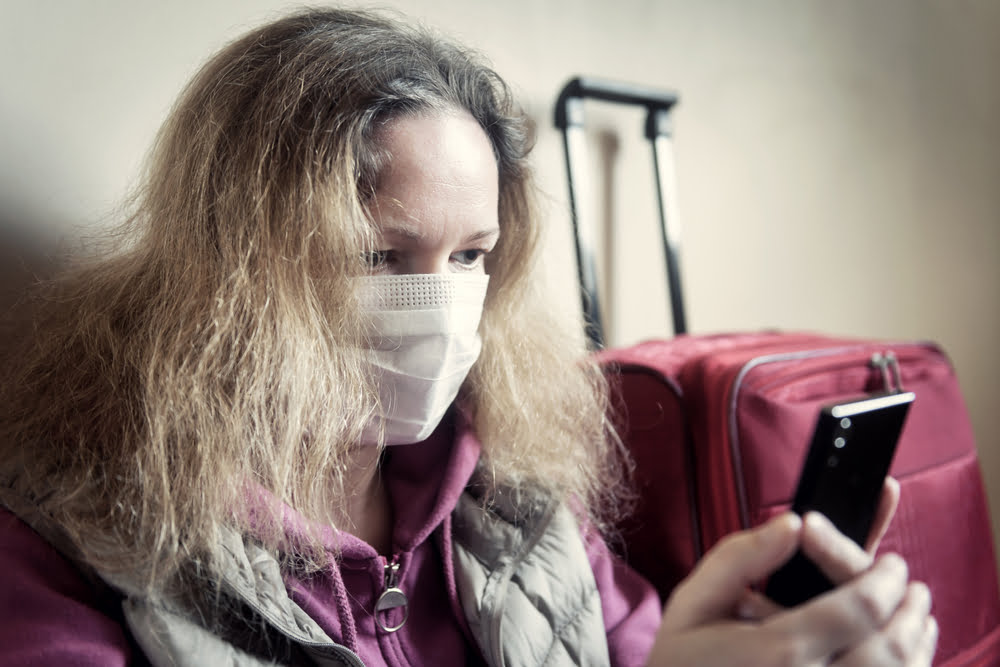It would be a quiet summer. The coronavirus would pop up every now and then, tufts of people would test positive here and there, but generally the virus would lie dormant in the background during the warm months, hibernate until the start of the sniffling season. The measures could be relaxed with confidence. That has turned out to be an illusion. The number of cases explodes. Saturday is the 500th day of the corona crisis in the Netherlands and the virus is back.
The outbreak started on February 27 last year. The then health minister Bruno Bruins received a note during a live TV broadcast that someone in the Netherlands had tested positive for the first time. Patient 1 on day 1 was a man from Loon op Zand in Brabant, who was probably infected during a work trip to Italy. On day 9, someone died from the virus for the first time, an 86-year-old man from Oud-Beijerland. More than 1,7 million people have now tested positive for the virus. Nearly 18.000 people are certain to have died from the virus. The actual numbers are higher.
The virus's current resurgence began just over a week ago. On Wednesday, RIVM reported 643 new cases, comparable to the weeks before, and that was the lowest level since September. On Thursday there were 826, on Friday 942 and on Saturday 1130. This week the number of positive tests increased by an average of more than 40 percent per day, from 1522 on Monday to 6986 on Friday. In the last seven days, 22.139 positive tests have been reported, compared to 4573 in the week before. The rise is almost vertical. If this continues, there will be more than 40.000 positive tests per day in the course of next week.
On the government's corona dashboard, ten regions are at the lowest risk level, vigilant. The fifteen other regions are a step higher on worrisome. Nowhere is the situation serious or very serious. But that's all thanks to the relative calm of a week ago. Partly due to this leeway, the Netherlands is also only orange and green on the European corona map, and not bright red. If the list were adopted now, the situation in Amsterdam-Amstelland would be very serious, the highest level of risk. In the last seven days, 3400 people have tested positive in and around the capital. Converted, that equates to almost 318 new cases for every 100.000 inhabitants. The week before, the virus was diagnosed in 41 in every 100.000 people, so in a week the number of new cases has increased almost eight times.
Another hot spot is Groningen. The northern province, which includes the large student city of Groningen, counted more than 250 cases for every 100.000 inhabitants last week. That is an increase of 994 percent compared to the previous week. Groningen is therefore also heading for the stamp very seriously. Regions such as Twente, Gelderland-South, Utrecht, Zaanstreek-Waterland, Kennemerland, Gooi en Vechtstreek, Hollands Midden, Haaglanden, Rotterdam-Rijnmond, Central and West Brabant and Brabant-Zuidoost meet the conditions for serious. Each region is again well above the so-called signal value, the level at which government alarm bells start ringing. Hence the measures announced by the cabinet on Friday to turn the tide.
Also read: New corona measures at the start of the summer holiday


